
NEWS
19-02-2020 by redazione
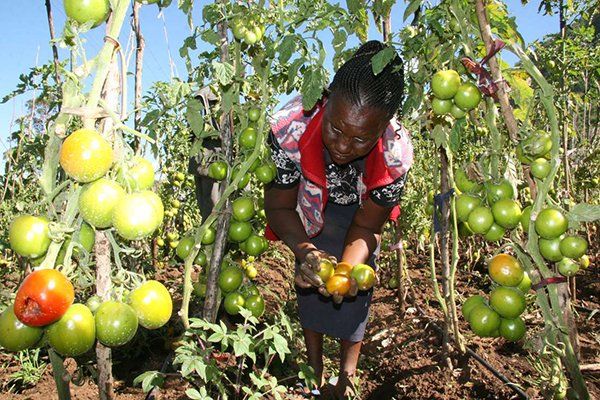
One of the tangible effects of climate change that has also affected Kenya in this season, with excessive rainfall from heavy rainfall in June 2019 to the scattered thunderstorms recorded even in these early months of the new year, is the increase in the price of some of the land products that are the basic nourishment of the ordinary people of Kenya.
One of these effects is the exponential increase in the price of tomatoes, which has reached a record level in much of the country due to low production in the face of high demand.
From a subsistence food, ideal to create the basis of vegetable, meat or fish sauces for the Kenyan national dish, the ugali (cornmeal polenta with various sauces, SEE THE RECIPE ON OUR PORTAL) is also becoming a valuable product in Kenya, after FAO has classified it as the tenth most valuable and important resource in the world.
Currently its price has reached that of apples, a fruit that has always been considered a luxury on the equator and often imported.
If until 2018 the average price of a tomato was 5 Kenyan shillings, today it also reaches Kes. 25.
The price increase was attributed to the low production due to the heavy rains that hit the growing areas.
It is estimated that over 80% of the tomatoes produced in Kenya come from open fields affected by irregular weather conditions.
In fact, when weather conditions are ideal, Kenyan growers tend to produce in overabundance, but by not using modern harvesting and storage technologies, overproduction can lead to incredible waste, because when rainfall occurs, crops are attacked by bacterial and fungal diseases that can cause the fruit to rot.
All this increases production costs because farmers have to invest more in chemicals to control diseases such as early and late downy mildew.
The investment that some farmers are making to tackle the problem is greenhouse cultivation, as is happening almost everywhere in the Western world now. In this case, indoor, you can cultivate when and how you want. Whether it rains or not, whether it is too cold or too hot, there will be no drop in production or risk of excessive stocks: farmers can take advantage of the prevailing weather conditions and adjust prices according to the situation, remaining competitive on the market and in line with demand. In case of rain, tomatoes in the open field are susceptible to pests and diseases. In some cases, farmers can lose up to 100% of their production. In greenhouses, these losses are minimised thanks to the favourable growing conditions they offer. Clearly not all Kenyan growers can afford to build and operate modern greenhouses with adequate ventilation and irrigation.
The Kenyan Ministry of Agriculture is offering opportunities for small and medium-sized enterprises, such as funding to invest in minimal and inexpensive technology to transform tomatoes into concentrate, for example, or to produce preserves.
In this way, however, sales prices can be lowered but at the same time production costs, not to mention transport costs, can be increased due to the constant increase in fuel prices. So, fatally, the tomato will never again be a "poor" food for Kenyans and even in the plate of ugali of needy families green prevails in red seasonings.
Meanwhile, the Kenyan Meteorological Department said that rains will continue in some parts of the country until the end of February, affecting low rainfall crops such as tomatoes. In addition to tomatoes, irregular rains also affected perishable crops such as potatoes, which have started to rot on farms due to too much water. This in turn affected supply and pushed prices up. But there is hope that prices will stabilize in the coming weeks as the rains fall.

In Kenya they call it "Mayayi Shaki Shuka," and it is the equatorial version of an ancient dish of Persian...
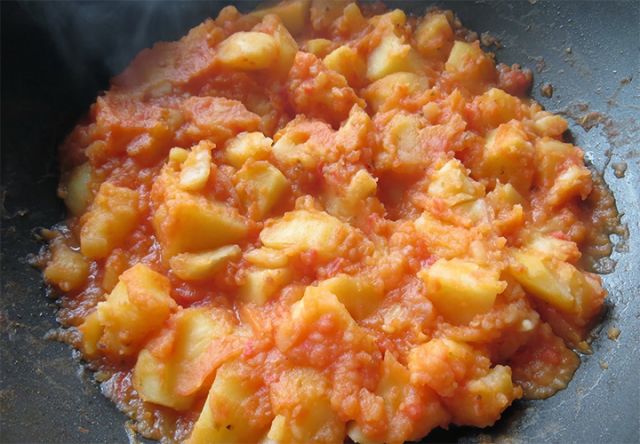
In Kenya, potatoes are particularly tasty.
The local population loves them fries, so much so that they are the ideal side dish of the national dish, the "nyama choma" (meat grilled almost toasted).
But there are many other ways of...
NEWS
by redazione
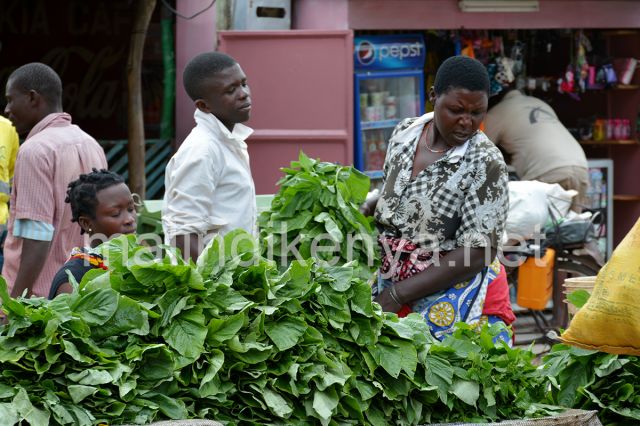
Since the start of the pandemic in Kenya, more than half of the population of Kenyans, or 58 percent of the...

Soups are one of the specialties of Swahili cuisine. The creaminess and flavor resulting from combinations...
NEWS
by Freddie del Curatolo

The number of unemployed in the last quarter is close to 3 million and prices are rising by an...
RECIPE
by redazione
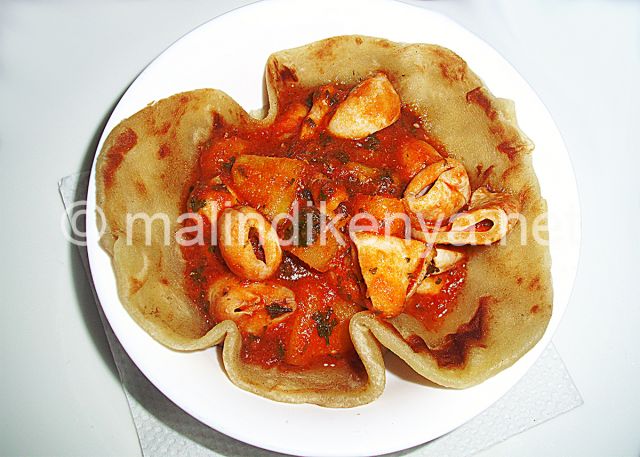
Throughout sub-Saharan Africa, tapioca (cassava) and sweet potato are used as side dishes for stews with...
RECIPES
by redazione

Crab soup with ginger is a traditional dish of the Lamu archipelago.
The local population, especially on the island of Pate, usually eat this dish accompanied by coconut rice or chapati.
Here is the original recipe reworked by malindikenya. net
READ...
NEWS
by Freddie del Curatolo
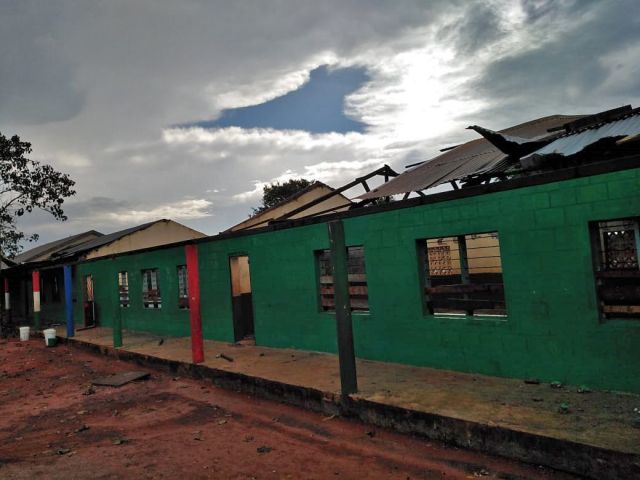
A very strong wind and a fast tornado that passes close to the red clay soil and crops, uncovering the ...
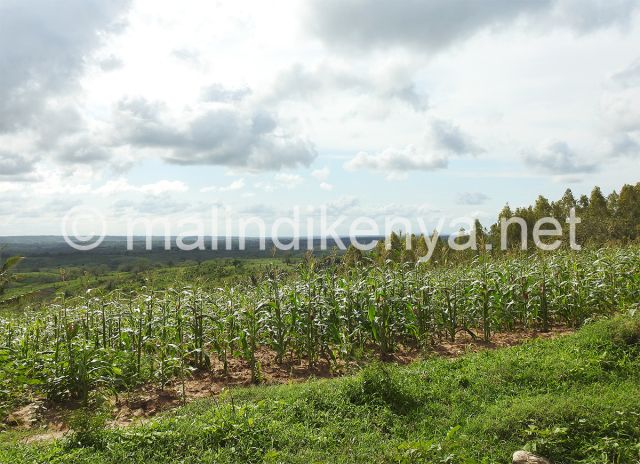
Low rainfall during Kenya's cold season means a shortage of maize meal, the main staple...
EDITORIAL
by Freddie del Curatolo

You will see this for yourself in the editorial video on our YouTube channel, which you can...